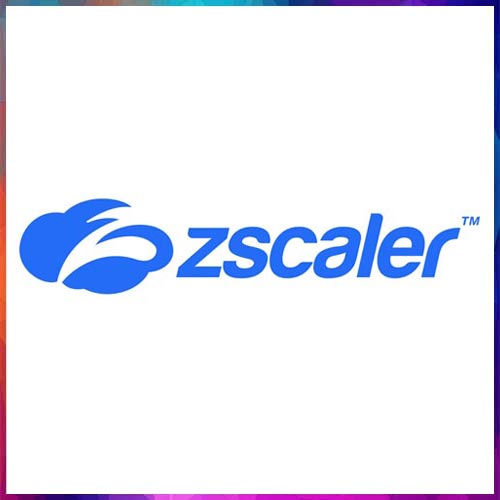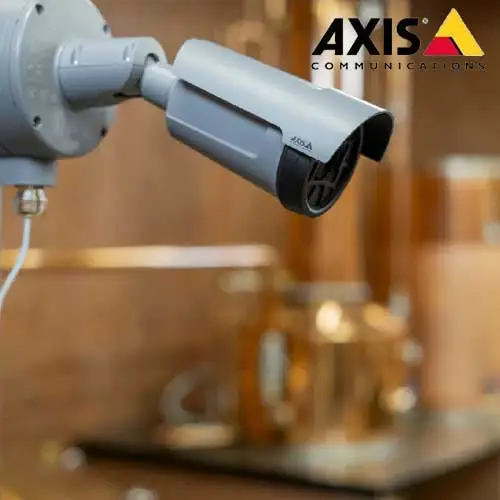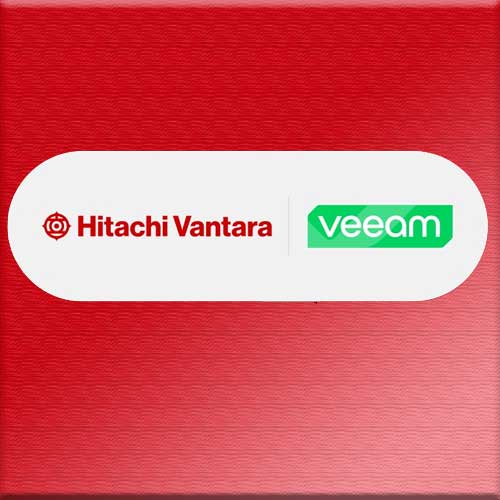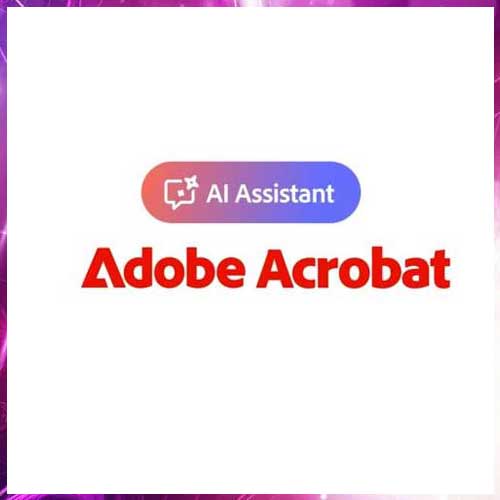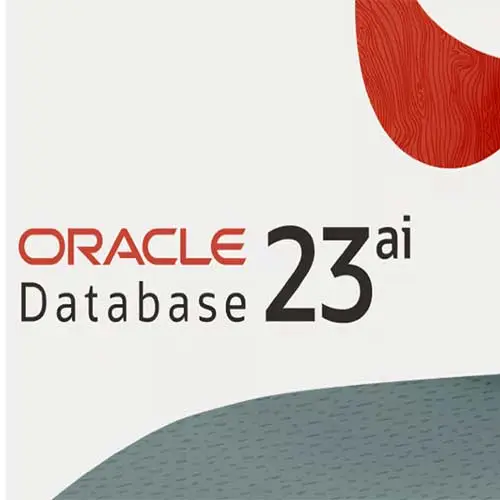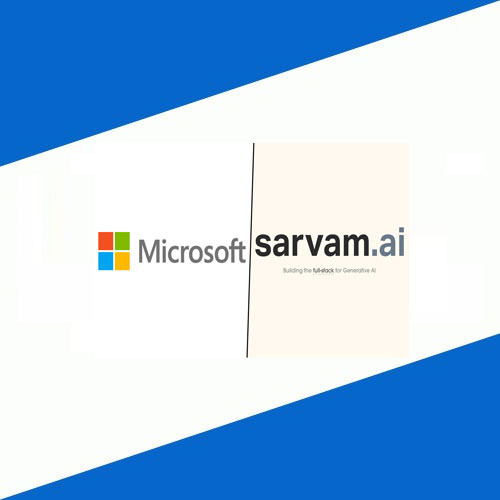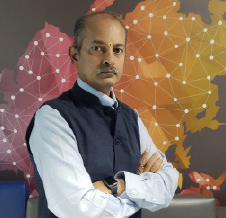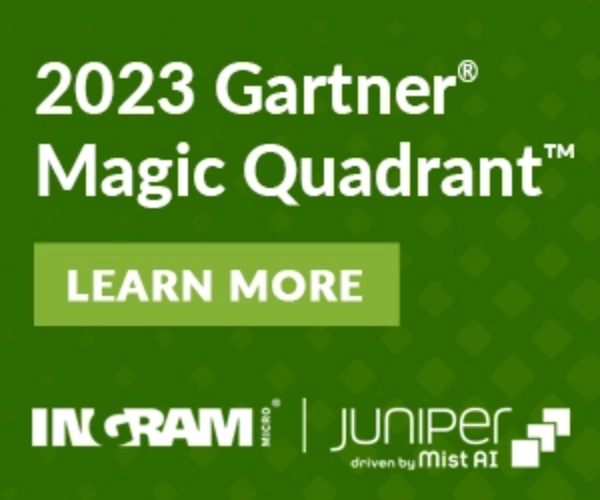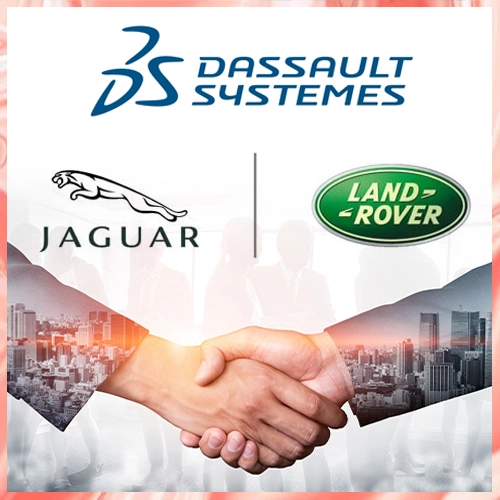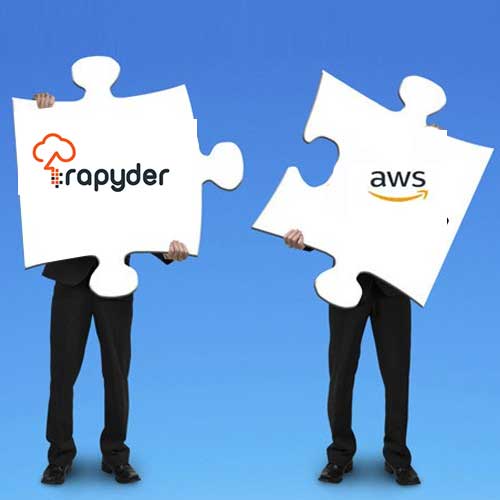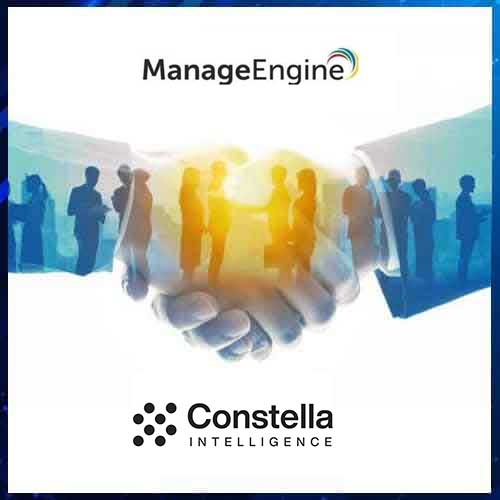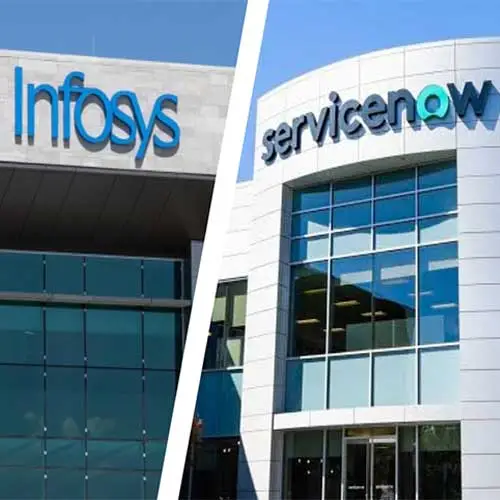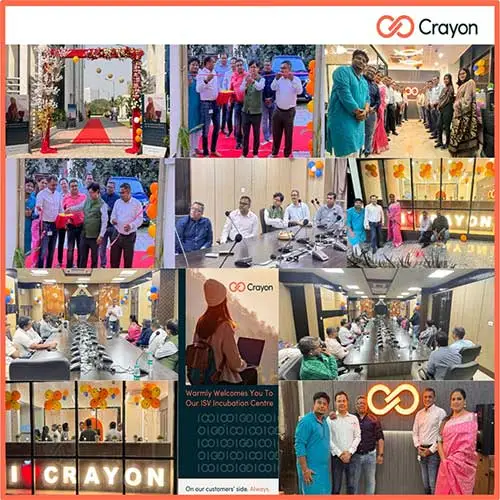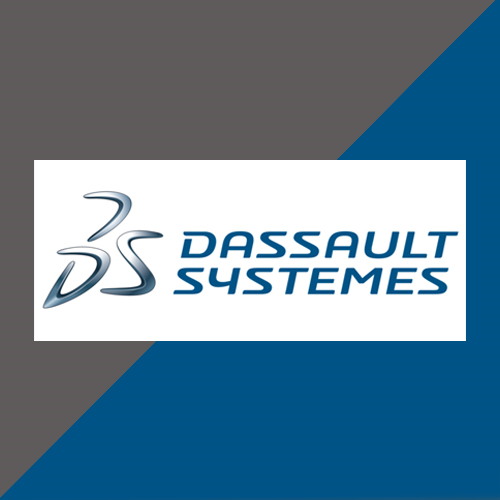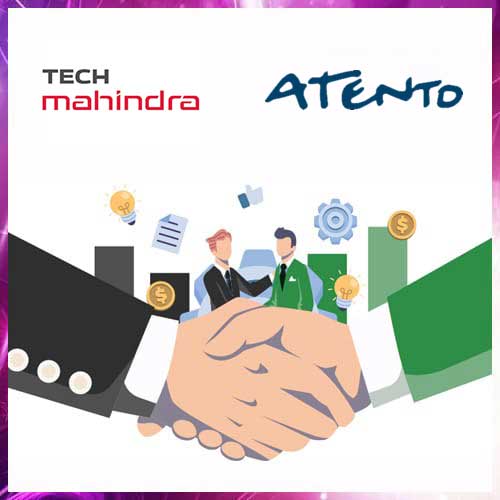Dell EMC bullish on Hyper-Converged Infrastructure segment

In a chat with VARINDIA, Rajesh Ramnani, Regional Director, CPSD, Dell EMC India, discusses about the potential of HCI business, the investment required in it and the strategy for this segment
Dell EMC is very bullish about its Hyper Converged Infrastructure (HCI) business and foresees huge potential in it. It believes that this business will continue to grow as it has witnessed a growth of around 70% in this segment. The company is investing heavily in its R&D and go-to-market strategy also.
“We are very focused on HCI business from the Dell EMC side, and we understand that this business has good potential and that’s why we are doing well. Loads of investments have been going on not only from the R&D perspective but also from the go-to-market perspective. We believe this business will grow and we have seen 60-70% growth in this segment which none of the other infrastructure segments has seen. Globally, we are at about 40% plus. As far as hyper-converged business is concerned, we are number one. In India, it is similar, but we have a business along with a partner called Nutanix wherein we deliver mixed workloads. In India, the share is lightly higher, an excess of 50%,” states Rajesh Ramnani, Regional Director, CPSD, Dell EMC India.
Shift from traditional infrastructure to HCI
The shift from traditional to hyper-converged infrastructure is very seamless. Customers tested and then gradually started shifting their critical application on HCI. Now, almost every application can be hosted on it.
“When we started with HCI four years ago, customers were sceptical of putting their products and workloads on HCI. Customers started off with test and development workloads. Slowly and steadily, they started moving critical application to hyper-converged infrastructure and started seeing results. Today, almost every application that an organization needs to run a business can be deployed on it. The transition from the traditional virtual infrastructure to HCI is very seamless. It uses the same platform which the virtual infrastructure uses,” explains Rajesh.
Investment required in HCI
Compared with traditional infrastructure, HCI is more cost-effective for organizations. The cost involved in HCI is 60%–70% lower than traditional infrastructure. Even management of HCI is very convenient and easy.
“When you have a data center today, there are 3–4 components which you need to invest in. First, data center space itself, which involves data center rack, power and cooling for the infrastructure. Second, infrastructure components like storage, servers and network. Third, software components like hypervisor, which is on top of the infrastructure. Fourth is management of the entire solution.
In the case of HCI, all these elements have been looked at granularly and are optimized. Today, the requirement of data center space, power and cooling in the case of HCI is about 60%–70% lower as compared to a traditional infrastructure. The cost of infrastructure in the case of storage, server and network is nothing but a bunch of nodes with built-in software, has come down by 30%–35%. Management of the entire solution is extremely crucial. You require trained people to work on these and it is difficult to find the resources and retain them. But HCI is very user-friendly, and a layman can operate it. You do need trained resources in large numbers and that contributes to reduction in cost,” says Rajesh.
Strategy
The success of Dell EMC in HCI lies in the fact that it is focused to cater different product range in different price ranges. Understanding the needs of the consumer, the company comes up with its products. It offers products for 1U and 2U to large consumers.
“Dell started off with the HCI model with an entity called VCE. The latter started this model and were the pioneer to introduce this infrastructure which was a combination of VMware, Cisco and EMC and it is a part of Dell EMC right now. With the learning that we have had, we realized that in the HCI world, it is not that “one size fits all”. Problems in the traditional world are magnified in the HC world. What I mean is let’s buy a traditional solution from a different vendor. Then, if a new patch comes in one of these infrastructure elements, then it may not be compatible with other elements. This concept has taken off well, and the hyper-converged world eased the traditional model. A virtual network has less chance of errors.
Dell EMC realized the importance of market and deliver products and solutions which are best fit for the consumer in the present and even in the future. So our products are different like one product which is completely based on VMware stack which means all different components are a part of the VMware hypervisor. We have another product which is based only on Microsoft and the consumer uses end-to-end Microsoft. So we have an HCI model based for Microsoft also. According to the requirement of the consumer, we come up with products.
There is a third model where a consumer may use different elements and they would want a solution which may cater to their work need. We have products aligned with the customer need. There is a short-term and long-term goal according to the requirement of the customers. There is also HCI which caters to scale. Like a vendor catering to 10’s and 100’s requiring large HCI. We have appliances for smaller consumers like 1U and 2U and for larger consumers we have complete rack with multiple components, engineered as a single product with multiple nodes delivered at the doorstep. None of the players have this focused strategy like Dell EMC across different product ranges and also across different price ranges. All this has allowed us to be successful,” reveals Rajesh.
See What’s Next in Tech With the Fast Forward Newsletter
Tweets From @varindiamag
Nothing to see here - yet
When they Tweet, their Tweets will show up here.





